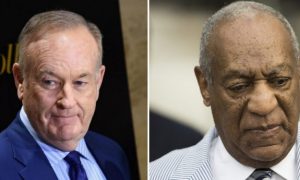LONDON — MPs in Britain have voted for the use of controversial techniques to create babies from the DNA of three people.
The vote passed overwhelmingly in the House of Commons on Tuesday afternoon with a majority of 254 votes (382 yes, 128 no); it will move into the House of Lords next month where it is likely to pass.
The historic vote centred on the altering of a human egg or embryo so that material from three people is used to create a baby. MPs were given a free vote Tuesday instead of voting along party lines, allowing them to decide with their consciences.
If the House of Lords votes in favour, the UK would become the first country in the world to bring forward laws enabling such a practice. Human trials could take place from October 2015 and thefirst three-person babies could be born by autumn 2016.
“This is a bold step for parliament to take, but it is a considered and informed step,”
“This is a bold step for parliament to take, but it is a considered and informed step,” Public Health Minister Jane Ellison told the House of Commons during the debate before the vote.
“This is world leading science within a highly respected regulatory regime. And for the many families affected, this is light at the end of a very dark tunnel.”
However, Conservative MP Fiona Bruce who opposed the motion told the Commons more time was needed to consider the issues.
“One of these procedures we are asked to approve today, pronuclear transfer, involves the deliberate creation and destruction of at least two human embryos, and probably in practice many more, in order to create a third embryo which it is hoped will be free from human mitochondrial disease,” she said.
“Are we happy to sacrifice two early human lives to make a third?”
Health experts have argued that three-person IVF could eliminate defects in the mitochondria which can result in diseases such as muscular dystrophy, heart, kidney and liver failure. Others, however, think it crosses a boundary and have warned against tampering with DNA.
Mitochondria are the tiny, biological “power stations” that give the body energy. They are passed from a mother, through the egg, to her child.
The techniques would likely only be used in about a dozen British women every year who have faulty mitochondria, the energy-producing structures outside a cell’s nucleus. To fix that, scientists remove the nucleus DNA from the egg of a prospective mother and insert it into a donor egg from which the nucleus DNA has been removed. This can be done either before or after fertilization.
The resulting embryo would end up with the nucleus DNA from its parents but the mitochondrial DNA from the donor. Scientists say the DNA from the donor egg amounts to less than 1 percent of the resulting embryo’s genes.
Source: Mashable.com



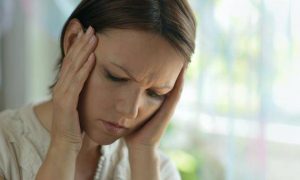

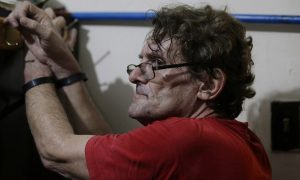

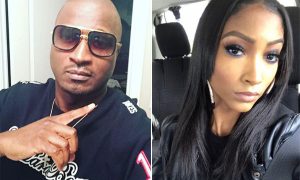







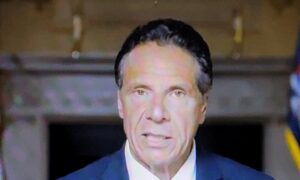













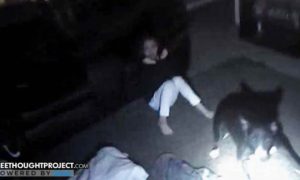



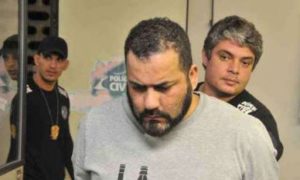

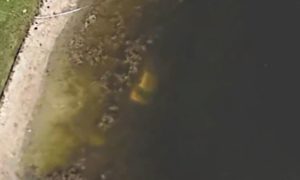



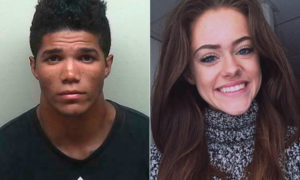









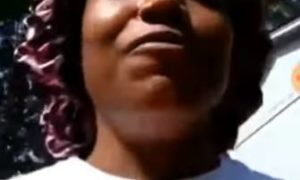



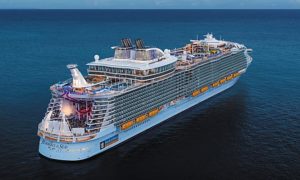







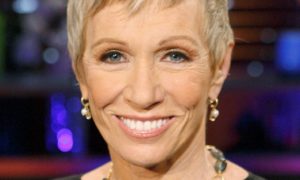

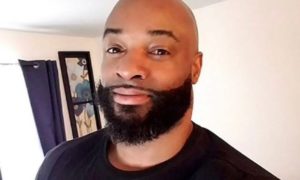







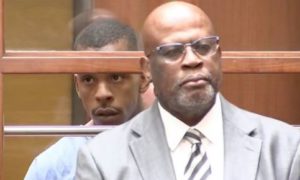

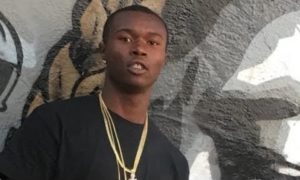

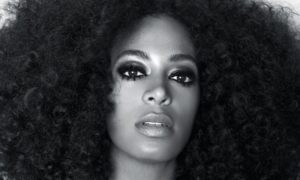









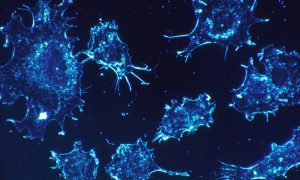

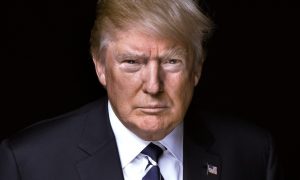

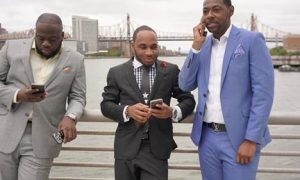



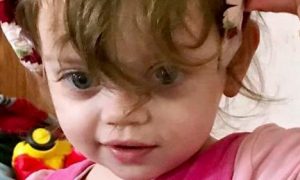





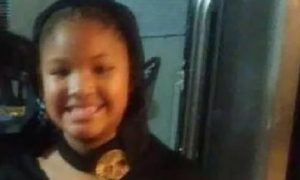



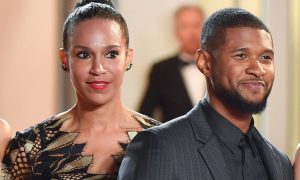

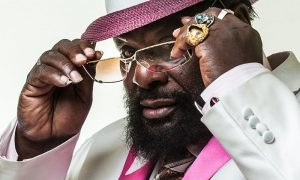

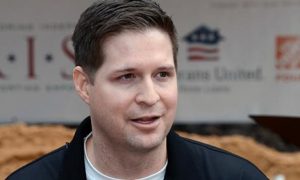





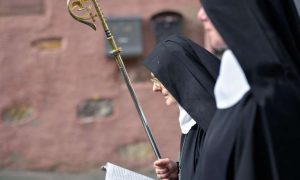





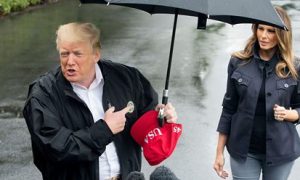



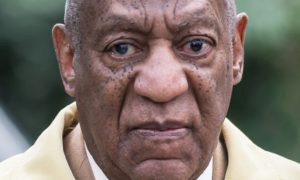

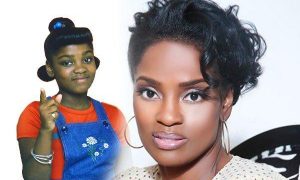

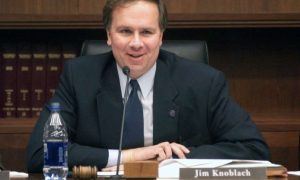







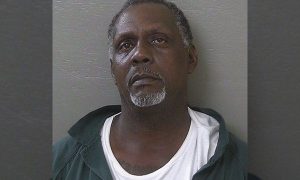









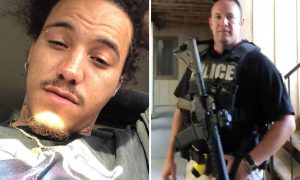







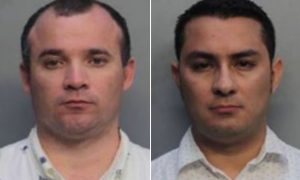

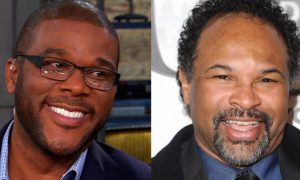







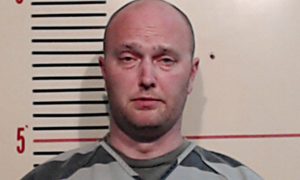









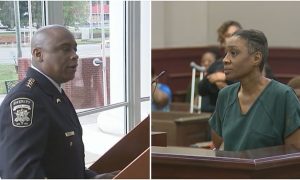





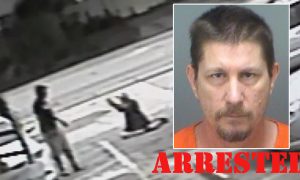







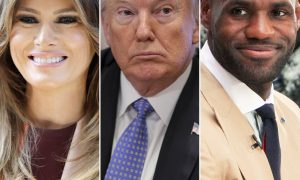





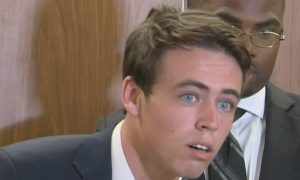

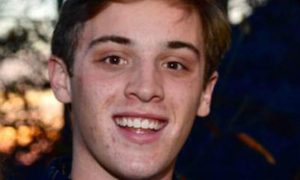





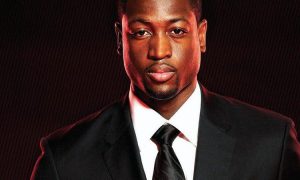

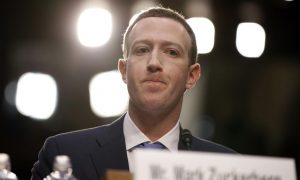



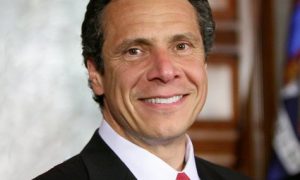

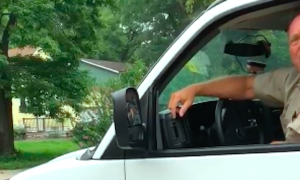





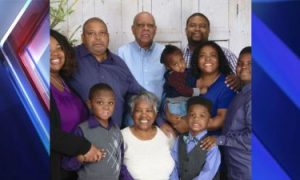

















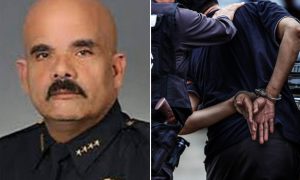

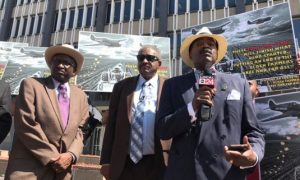





![[Video] Chicago Police Officers Caught On Video Telling Two Black Men "We Kill Mother F**kers"](https://earhustle411.com/wp-content/uploads/2018/07/evil-cop-3-300x180.jpg)
![[Video] Chicago Police Officers Caught On Video Telling Two Black Men "We Kill Mother F**kers"](https://earhustle411.com/wp-content/uploads/2018/07/evil-cop-3-80x80.jpg)
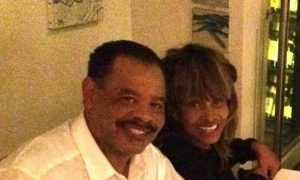

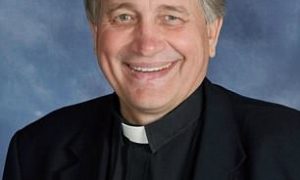









![[Video] White Woman Calls The Cops On Black Real Estate Investor, Cops Threaten To Arrest Her For Harassing Him](https://earhustle411.com/wp-content/uploads/2018/05/nosy-neighbor-300x180.png)
![[Video] White Woman Calls The Cops On Black Real Estate Investor, Cops Threaten To Arrest Her For Harassing Him](https://earhustle411.com/wp-content/uploads/2018/05/nosy-neighbor-80x80.png)


![White Scientist Says The Black Community Is Being Targeted By The Medical System, They Are Deliberatly Being Poisoned [Video]](https://earhustle411.com/wp-content/uploads/2016/05/mike-adams-300x180.jpg)
![White Scientist Says The Black Community Is Being Targeted By The Medical System, They Are Deliberatly Being Poisoned [Video]](https://earhustle411.com/wp-content/uploads/2016/05/mike-adams-80x80.jpg)
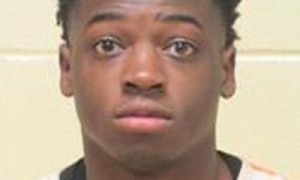

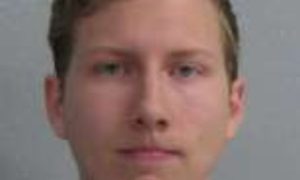



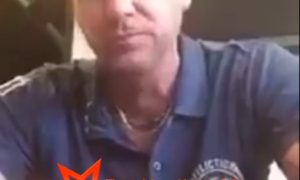

![Teenage Girl Shot In Her Stomach Three Times But Took Time To Post To Facebook [ Video]](https://earhustle411.com/wp-content/uploads/2016/02/Gangster-chick-300x180.jpg)
![Teenage Girl Shot In Her Stomach Three Times But Took Time To Post To Facebook [ Video]](https://earhustle411.com/wp-content/uploads/2016/02/Gangster-chick-80x80.jpg)


